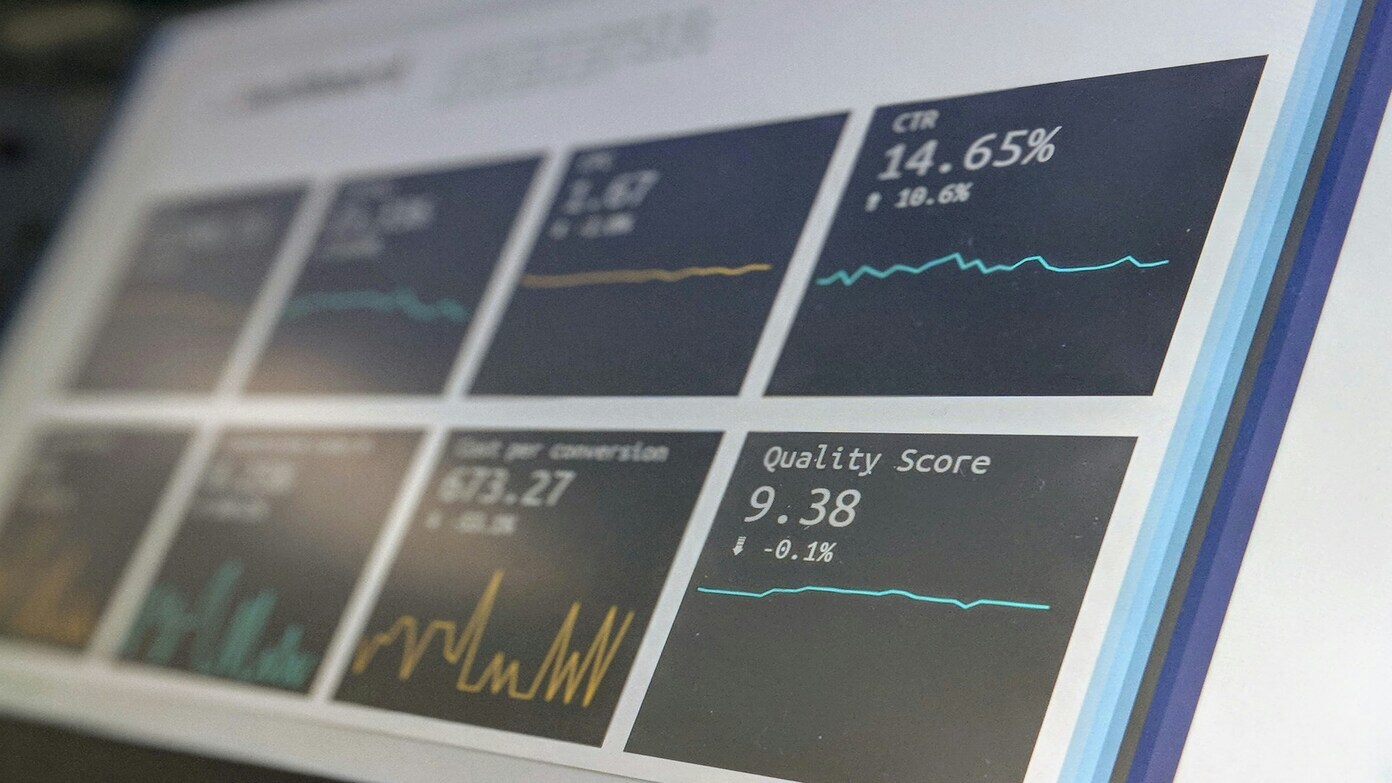A Ten-Year Growth: A Look Back
For investors, the natural question to pose is always the “what if” question — what if you’d put money into a large stock ten years ago? It’s a simple method of determining how an investment would’ve fared and whether or not it would’ve been a smart one to hold onto.
Let’s use Lockheed Martin (LMT) as an example. The defense and aerospace giant may not be as glamorous as the household tech names, but it’s one of America’s most profitable blue-chip companies. So if you had put $1,000 into Lockheed Martin a decade ago, you’d be amazed at how much money that $1,000 investment would be worth today.
Read this later: How could a government shutdown on September 30 affect Social Security? This would happen with SSI and SSDI check payments
Lockheed Martin: A Defense Powerhouse
Before crunching the numbers, it is good to know what Lockheed Martin does. The company is the world’s largest defense contractor, and its business units touch virtually every area of national defense — from advanced fighter aircraft to space systems.
Lockheed Martin is organized via four main divisions:
Aeronautics – Manufactures and produces aircraft like the F-35 Lightning II, F-22 Raptor, and C-130 Hercules. The division sold around $27.47 billion in 2023, or 41% of company’s sales.
Missiles and Fire Control (MFC) – Handles systems like THAAD, PAC-3 missiles, and other defense systems. It sold $11.25 billion in 2023, or around 17% of sales.
Rotary and Mission Systems (RMS) – Consists of helicopters, naval warfare systems, and radar systems. It accounted for $16.24 billion in 2023, or about 24% of total revenue.
Space Systems – Manufactures satellites, spacecraft, and missile defense systems, accounting for $12.61 billion in 2023, or about 19% of total sales.
In total, the firm closed 2023 with a backlog of $160.6 billion — agreements and work to be performed in the years ahead. That’s a huge amount of business in the pipeline, which gives Lockheed a long-term financial foundation of stability.
Read later: How can I get a Social Security Statement?
The 10-Year Performance of the Stock
Now let’s talk numbers. In October of 2015, Lockheed Martin stock was selling at around $220 per share. Today, in October of 2025, the stock is selling at around $460 per share — more than double in ten years.
That is more than a 110% return, not including dividends. Lockheed Martin is also famous for being a dividend king with consistent quarterly dividends that have increased for more than 20 years straight.
If you had invested $1,000 in Lockheed Martin ten years ago, this is where it would be:
- Initial investment (2015): $1,000
- Stock price (2015): Approximately $220
- Shares bought: Approximately 4.5 shares
- Stock price (2025): Approximately $460
- Value now (not including dividends): Approximately $2,070
And if you’d reinvested the dividends — which have averaged slightly more than a 2.7% yearly yield — your investment would be worth around $2,700 to $2,900 today, timing willing.
That’s almost doubling your money in 10 years from a safe, slow-and-steady deal and not some crazy rollercoaster ride.
Read this later: Mary Dacus, 69, from Illinois survives on Social Security: “Our $2,140 monthly isn’t enough to live”
Why Lockheed Martin has performed well
So why has Lockheed Martin done so well? There are several important reasons:
- Government contracts – More than 73% of Lockheed’s 2023 sales were to the United States government, and 64% of that to the Department of Defense. That is stable, predictable revenue.
- Defense demand – With current global conflicts and increasing defense budgets, demand for sophisticated military technology keeps growing.
- Innovation – Lockheed’s investments in a new airplane, missile system, and space development are in a class by themselves.
- Shareholder value – Management repeatedly raises dividends and buys back stock, which enriches long-term shareholders.

